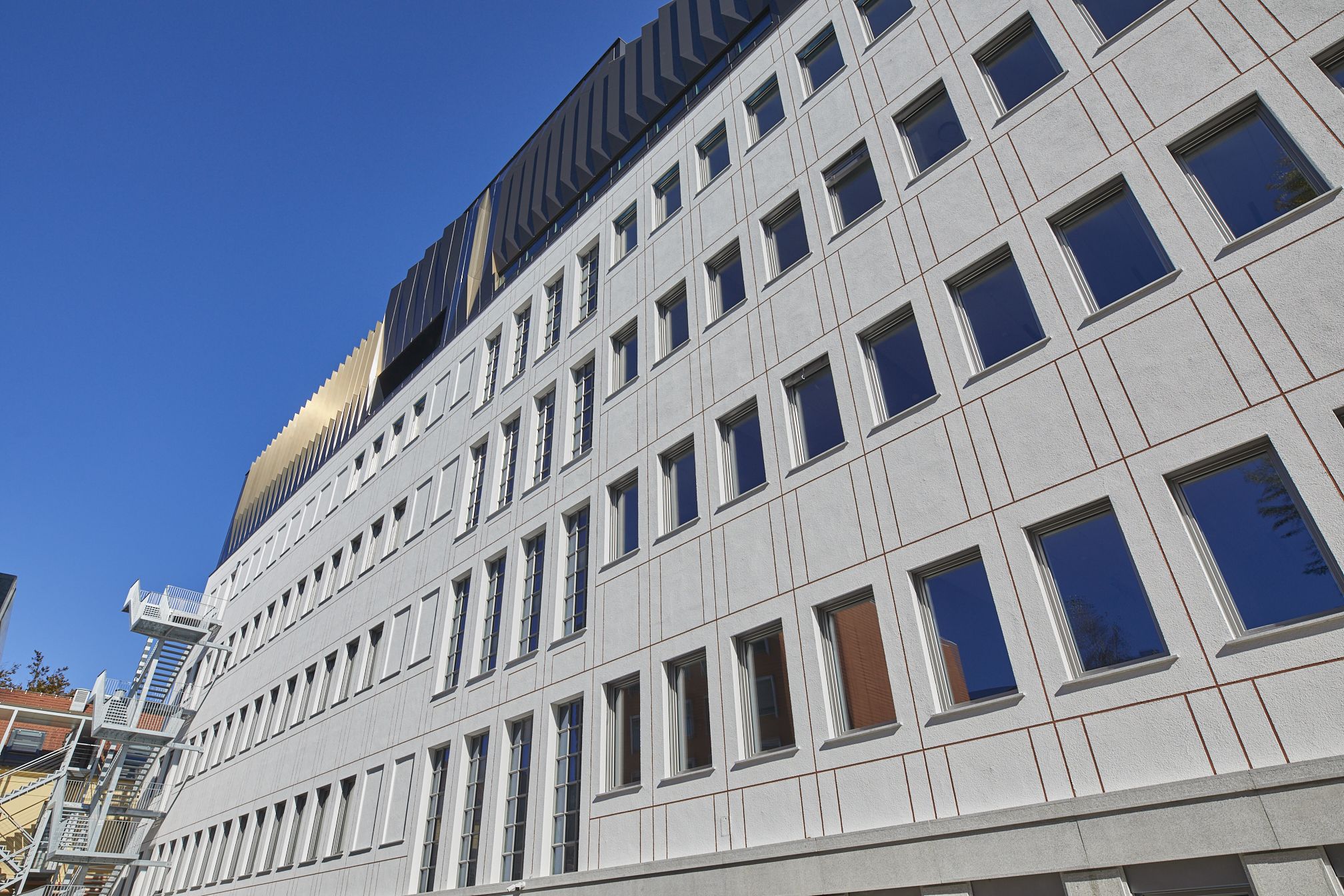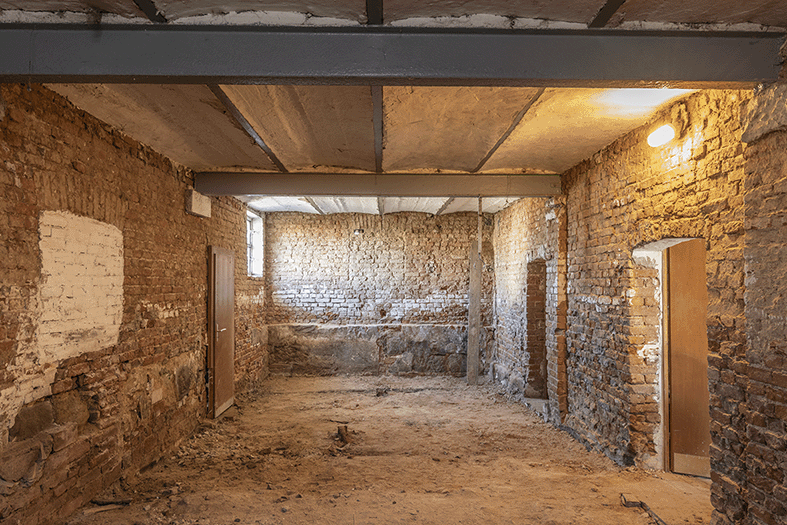In Ljubljana, Slovenia, the architects brainstormed. Their task was simple: insulate and renovate the facade of a five-storey building. Sounds simple. But, in fact, thousands of grooves decorate the building's exterior so perfectly that it is listed as a historical monument. The façade of the University's Academy of Theatre, Radio, Film and Television therefore could not be altered in any way. The architects opted for Multipor panels. Today, the building is an eye-catcher.
The special characteristic of the vapor-permeable Multipor mineral boards is that they can transport moisture and let to dry. They also have a high thermal insulation value, are fire-resistant and easy to install. This makes them ideal for insulation inside buildings, in air ducts, ceilings, basements and garages, as well as for pitched and flat roofs. On green roofs, they also show their advantage in terms of their pressure resistance.
But Multipor also has a decisive advantage after its lifetime: 100 percent of the pure residues can be recycled and used as a raw material for new building materials. But this takes time, because the product has a long service life. In addition, the natural and mineral raw materials are extracted regionally. This ensures short transport routes.


